Special Reports are longer, often more technical, documents consisting of entire articles, government statements, and other documents relevant to security and peace in Northeast Asia.
SURVEYING THE WMD LANDSCAPE IN ASIA-PACIFIC
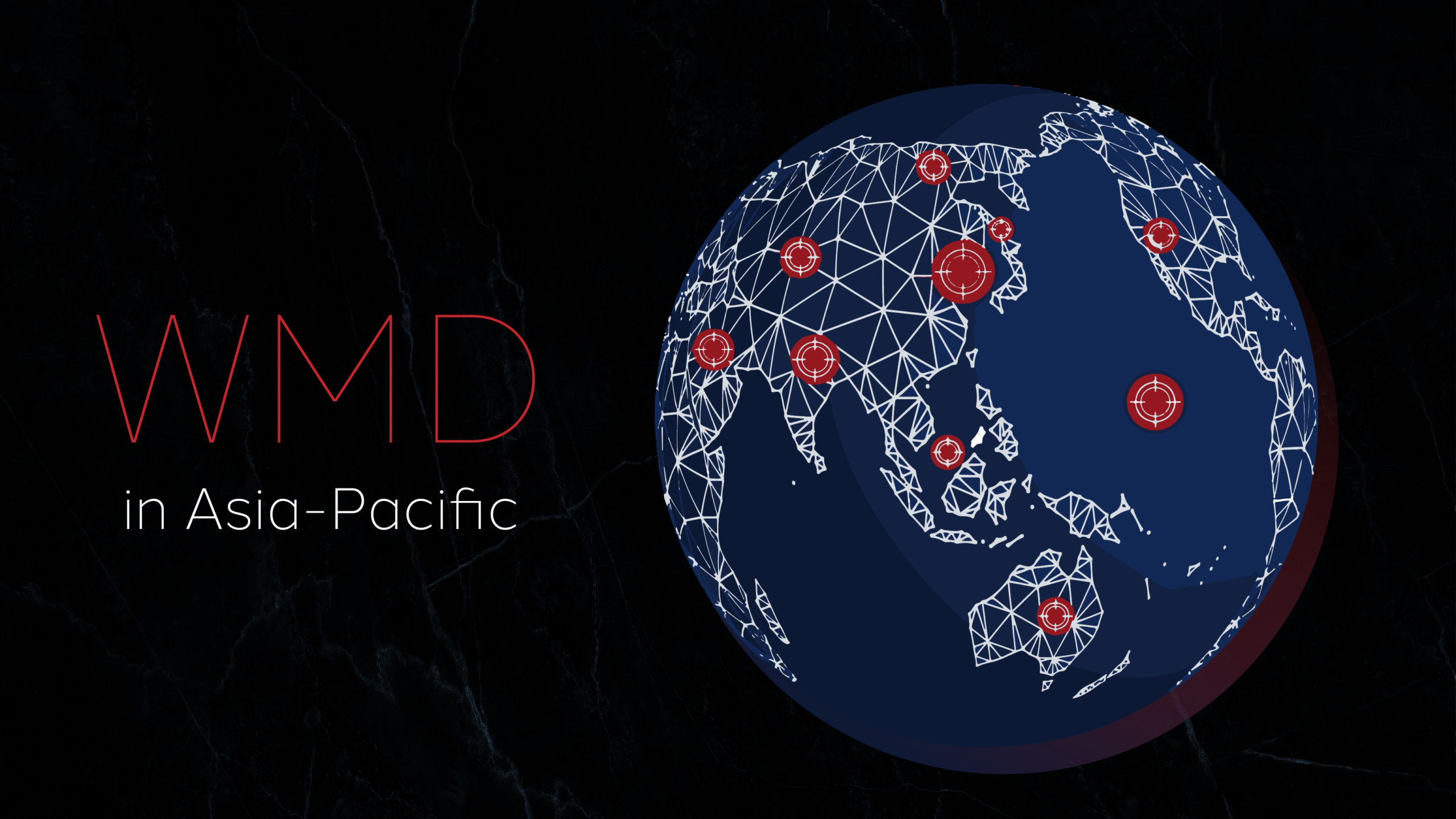
PETER HAYES AND SHATABHISHA SHETTY MARCH 31 2022 I. INTRODUCTION In their introduction to the book WMD in Asia-Pacific, Peter Hayes and Shatabhisha Shetty highlight key findings in the 18 chapters, examine seven nuclear force traits or tradeoffs that come with nuclear armament and shape the identity of the nuclear weapon-possessors in this region and […]
Go to the articleNPT-TPNW STANDOFF: WHO CAN BREAK THIS GRIDLOCK?

NOBUYASU ABE MARCH 20 2022 I. INTRODUCTION In this essay, Nobuyasu Abe underscores the need to bridge the gap between the Nuclear Non-proliferation Treaty and the Treaty on the Prohibition of Nuclear Weapons so that they can together push forward the twin goals of nuclear non-proliferation and disarmament. Nobuyasu Abe is a former UN […]
Go to the articleCHEMICAL WEAPONS IN THE ASIA-PACIFIC: HISTORY, SCIENCE, AND FUTURE PROSPECT
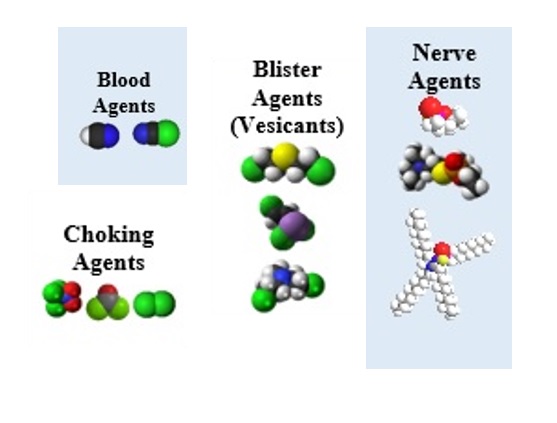
JONATHAN FORMAN AND ALEXANDER KELLE MARCH 18 2022 I. INTRODUCTION In this essay, Jonathan Forman and Alexander Kelle visit some of the darkest episodes of past wars to remind us of the experimentation and use of chemical weapons in the Asia-Pacific region and the problem presented by modern chemical industry and innovation for maintaining the […]
Go to the articlePOTENTIAL USE OF LOW-YIELD NUCLEAR WEAPONS IN A KOREAN CONTEXT
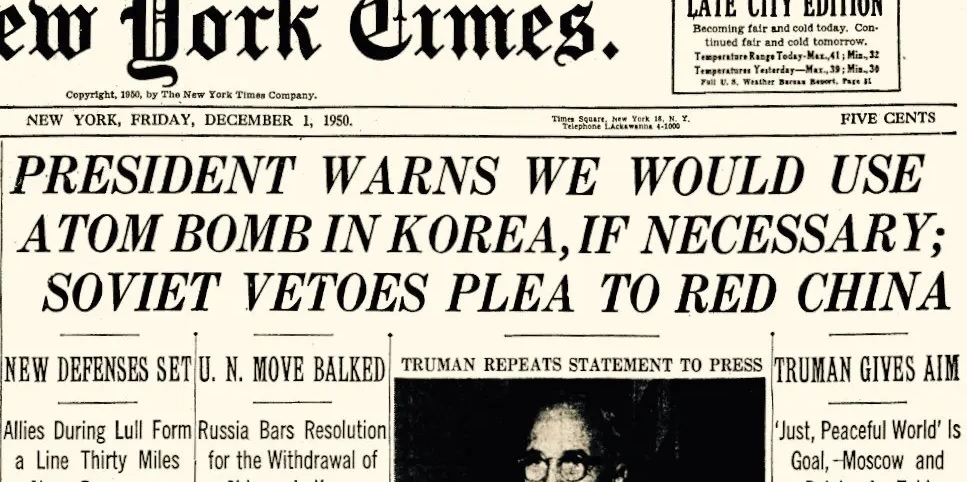
EVA LISOWSKI MARCH 6 2022 I. INTRODUCTION In this essay, Eva Lisowski discusses the potential deterrence and escalatory effects of low-yield weapons and suggests eight possible cases for use of low-yield nuclear weapons on the Korean Peninsula. Eva Lisowski is a member of the Nuclear Weapons Education Project at the Massachusetts Institute of Technology […]
Go to the articleREDUCING OR EXPLOITING RISK? VARIETIES OF US NUCLEAR THOUGHT AND THEIR IMPLICATIONS FOR NORTHEAST ASIA

VAN JACKSON FEBRUARY 28, 2022 I. INTRODUCTION In this essay, Van Jackson argues that there is no monolithic US perspective” on nuclear weapons in Northeast Asia. Instead, he suggests, the propensity of US policymakers to use nuclear weapons is heavily conditioned by their political and ideological orientation that can described in four camps that he […]
Go to the articleAVOIDING NUCLEAR WAR IN THE TAIWAN STRAIT

SHERYN LEE FEBRUARY 23 2022 I. INTRODUCTION In this essay, Sheryn Lee assesses the prospect of conflict and nu…
Go to the articlePROSPECTS FOR DPRK’S NUCLEAR USE SCENARIOS AND DETERRENCE MEASURES OF THE US AND ROK ALLIANCE
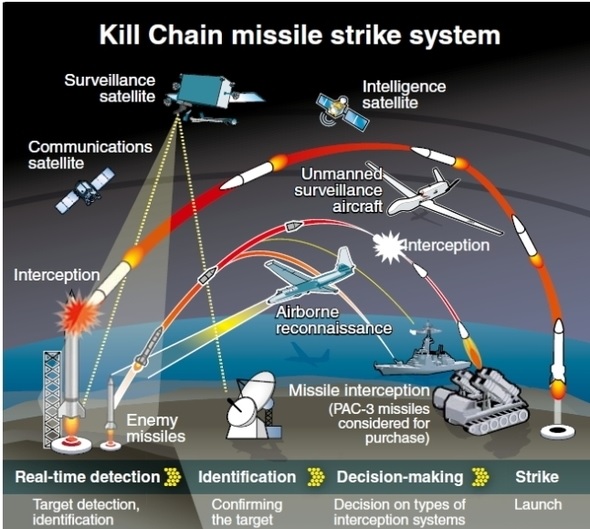
LEE SANGKYU FEBRUARY 17 2022 In this essay, Lee Sangkyu investigates four possible nuclear use cases by the DPRK based on its nuclear capabilities and nuclear strategy and countervailing US-ROK responses. Lee Sangkyu is a Republic of Korea (ROK) army officer and assistant professor at the Korea Military Academy (KMA). His main research focus are DPRK […]
Go to the articleCOUNTERFORCE DILEMMAS AND THE RISK OF NUCLEAR WAR IN EAST ASIA

IAN BOWERS FEBRUARY 11 2022 I. INTRODUCTION Using geostrategic, operational, and technological factors as the basis for analysis, Ian Bowers contextualizes these and other developments and assesses the potential for nuclear war in East Asia in general and on the Korean Peninsula in particular. Ian Bowers is an Associate Professor at the Centre for Joint […]
Go to the articleNUCLEAR WEAPONS-FREE ZONES IN ASIA
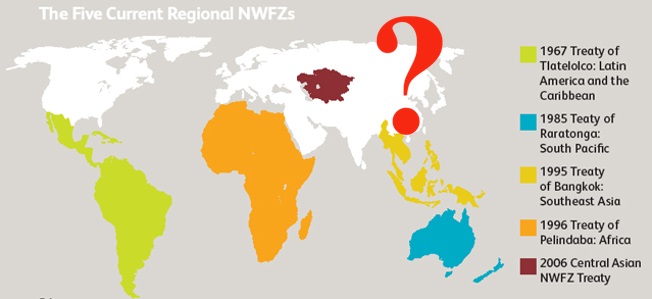
NYAMOSOR TUYA FEBRUARY 8 2022 I. INTRODUCTION In this essay, Nyamosor Tuya shows how these NWFZs emerged, compares their regulatory provisions, and gauges the near-term applicability of the NWFZ concept to Northeast Asia. Nyamosor Tuya served as Foreign Minister of Mongolia from 1998 to 2000 and is a Board Member of the Asia-Pacific Leadership Network […]
Go to the articleKOREAN PENINSULA NUCLEAR ISSUE: CHALLENGES AND PROSPECTS
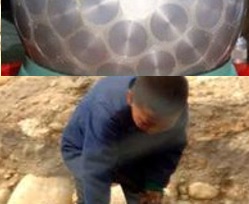
ANASTASIA BARANNIKOVA FEBRUARY 5 2022 I. INTRODUCTION Anastasia Barannikova argues that the DPRK’s nuclear status has already been accepted as a part of the regional status quo, and attempts by other actors to change the DPRK’s nuclear status would be destabilizing to regional security. Anastasia Barannikova is a research fellow at ADM Nevelskoy Maritime […]
Go to the article
